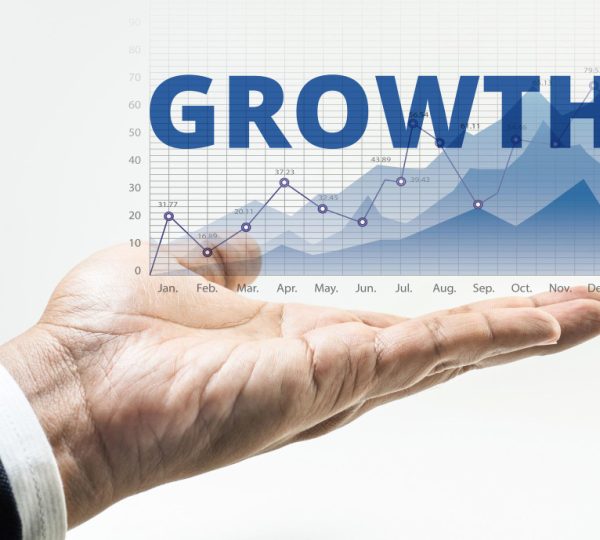What Occurs If a Utility Declares Bankruptcy?
Tensions may develop between the duties of state officials, who regulate utilities, and insolvency courts, which aim to provide debt relief when a public utility files for bankruptcy. Researchers anticipate that when weather conditions worsen due to climate change, the demand for utilities will grow, perhaps leading to an increase in the number of foreclosures filed by such corporations. Recent years have witnessed several noteworthy bankruptcy filings, including those by many Texas businesses following the 2021 cold snap and one of the biggest investor-owned utility firms in the nation following the 2019 California wildfires.

Even when privately held, utilities are sometimes extensively regulated by state regulators, unlike a store or other private business. For instance, state authorities must first authorize price hikes before they can go into effect. This regulation was implemented to counteract the utilities industry’s inherent monopoly and shield customers from paying excessive prices. According to Theodore J. “Ted” Kury, director of energy conversion for the Public Utility Research Center (PURC) at the University of Florida, questions regarding the appropriate amount of investment into upgrading electrical systems ultimately fall under the purview of regulators because the cost is passed on to consumers. However, according to Kury on The Conversation website, businesses must still use the tools properly or face legal repercussions.
The Bankruptcy Reform Act of 1978, approved by Congress to modernize U.S. bankruptcy rules, impacts utility bankruptcies. The modifications included contentious amendments to the personal bankruptcy legislation at the time. The act also eliminated the need for regulator approval of restructuring plans, which was previously required for the program to be upheld by the court. However, getting regulator clearance still required rate modifications.
Services should continue to be provided notwithstanding bankruptcy because utilities are compelled by law to do so. However, it could have an impact on legal actions brought against those businesses. Taxpayers may be forced to pay higher service fees, and investments in clean energy and infrastructure improvements may suffer.
PG&E bankruptcy
A utility adopting bankruptcy to reduce its losses from lawsuits is Pacific Gas & Electric Co. (PG&E), which distributes electricity and gas to Californians and is one of the largest investor-owned utility businesses in the nation. Jared Ellias, an associate professor of corporate and insolvency law at the University of California Hastings College of the Law in San Francisco, revealed that PG&E gained a few benefits when it filed for Chapter 11 bankruptcy in his evidence before the California state Senate. These included the ability to get rid of complex assets and unfavorable agreements and get multibillions in new financing—a considerable sum with a protracted payback period—as well as an automatic stay of the various lawsuits that were filed against it.
In the past 20 years, PG&E has twice filed for bankruptcy. The corporation filed for bankruptcy in 2019 due to claims related to the Butte County fire and emerged from it in 2020. It was referred to as the “first climate change bankruptcy” since liabilities resulting from California’s wildfires were the reason for its occurrence. After the California power crisis, PG&E also declared bankruptcy in 2001. It emerged from bankruptcy in 2004.
If a utility provider is shown to have neglected its obligations, it may be held liable for more than only lawsuits. Northern California’s Shasta County declared in 2021 that it would initiate criminal proceedings against PG&E due to the deadly Zogg fire in 2020, which started after a pine tree made contact with a PG&E power line.
Proposed remedies
Utility issues have gotten worse as a result of climate change. Wildfires and droughts in California have contributed to the region’s power firms’ vulnerability. According to a paper from the SIPA Center for Global Energy Policy at Columbia University, wildfires might be up to 900% more catastrophic by the middle of the century. In the wake of PG&E’s bankruptcy filing, the report also stated that the debt and equity marketplaces were not overly concerned about the impact of climate risk on the utility sector, which the authors attributed to the likely perception that the costs will either occur in the distant future and not negatively affect their investment or be borne by consumers and insurance providers.
The California legislature approved numerous pieces of legislation in 2019, collectively known as the 2019 Wildfire Legislation, in response to many years’ worth of destructive wildfires. The creation of the California Wildlife Fund, an insurance fund that would pay public utilities for claims for which the utility companies are responsible, was one of the initiatives. The $1.2 trillion bipartisan construction package, which the White House has hailed as a historic investment in renewable energy and other new infrastructure, is one of several plans to repair the nation’s aging infrastructure. Speaker Nancy Pelosi has pledged that the House of Representatives would vote on the legislation by September 27, 2021. A version of the measure passed the U.S. Senate in August 2021. The agreement calls for significant improvements to most of the nation’s infrastructure, including a $73 billion investment in renewable energy and other moves to strengthen the infrastructure.
Adie Tomer, a senior researcher at The Brookings Institution’s Metropolitan Policy Program, said that concentrating improvements on climate adaptation, digitalization, fiscal health, and workforce would provide a reasonably affordable way to modernize American infrastructure at scale. Her comments were motivated by the infrastructure proposal. For instance, Tomer asserted in April 2021 that $400 million in weatherized grid upgrades for Texas may have prevented the severe effects of the Texas cold snap, which cost 246 lives in 2021.
Tomer co-authored a Brookings paper that calculated the cost to the U.S. economy of the rise in “severe climatic” catastrophes since 1980 at $1.8 trillion. That paper states that climate disasters’ yearly fees and frequency are rising. The cost of these climatic catastrophes increased to around $81 billion year in the 2010s from approximately $17.8 billion per annum in the 1980s, when there were an average of 2.9 disasters each year, at a rate of 11.9 per year. Additionally, there are increasing regional initiatives to lessen the possibility of harm. For instance, PG&E has started burying 10,000 miles of power wires to reduce the likelihood of wildfires, a project the corporation has made public in light of the most recent criminal accusations.
Additionally, there are increasing regional initiatives to lessen the possibility of harm. For instance, PG&E has started burying 10,000 miles of power wires to reduce the likelihood of wildfires, a project the corporation has made public in light of the most recent criminal accusations.
The conclusion
One effect of climate change is an increase in utility company bankruptcy. Some analysts contend that as natural catastrophes become more severe due to climate change, PG&E’s insolvency in 2019 represented the start of a new pattern.



